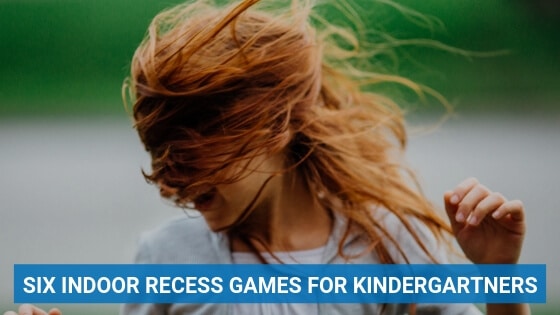When you’re preschool age children, usually your wiggly youngsters would rather be playing more than practicing spelling and math. As their teacher at home, your challenge is to keep your child or children interested, engaged, and continuing to meet important educational milestones no matter how nice it might be outside. Recent studies have suggested a solution to the active preschool mind: whole brain learning. The name comes from the fact that humans learn better when you tap into both hemispheres of the brain. This means that combining different kinds of activities with your lessons will help children form better connections to the information. It creates a more complete understanding and memory devices, so kids will have an easier time paying attention and won’t forget everything they’ve learned the moment they leave a classroom setting.
Whole Brain Teaching
The most common implementation of whole brain teaching combines gestures with concepts. You engage the children with your gestures, and encourage them to mirror you and communicate in accepted and meaningful gestures of their own. The standard methods include the “Class, Yes!”, an attention-getting exchange, the Classroom Rules, which associate desired behaviors with gestures, and “Teach, OK, Switch” for small group comprehension learning. Whole Brain Teaching also promotes motivational scoreboards and gesture mirroring to get and hold your child’s attention. However, any teacher who uses the whole brain teaching philosophy is constantly looking for even more engaging activities. Here are three brain-activating teaching ideas for the science-savvy at-home teacher:
1: Unique Class Gestures
Have you ever watched your kids invent a game on the fly? Children love to create their own rules. It helps them to feel in charge and involved in the decision-making process, then empowered every time they use their invented rules. When going over the whole-brain classroom rules with your child, let them decide on a shared gesture and meaning. As long as the gesture isn’t too elaborate, it should fit into the way class is run.
2: Catch Questions
When you engage their hand-eye coordination, children have a much easier time staying interested and attentive. By involving a ball, you get their ‘play-time’ attention instead of wiggly lesson time attention. To introduce the game, toss a soft foam or bean-bag ball to a child when you ask a question, and have them toss it back to you when they’ve answered it. As long as everyone gets a turn, this is a lot of fun. When your child has gotten used to behaving to get the ball, you can introduce controlled tosses to each other. You can also let them use balls to ask each other questions during group study time.
3: Clap Rhymes
You’ve probably seen children use rhymes in play a few activities, with jump ropes and clapping games. This is, in fact, children using their own form of whole-brain playing by activating their linguistic rhyming and physical coordination at the same time. Use educational rhyming and clapping patterns to teach pneumonic devices and encourage children to think of their own ‘verses’. This can resemble the common campfire game “Going on a Bear Hunt” or follow the patter closer to jump rope games like “Cinderella, Dressed in Yell-a…” You will probably hear your lesson chants later during play time.
Children are always eager to learn when you make lessons more like games. Especially during the preschool age, they are easily involved in trying to get scores, inventing and following rules, and participating in call-and-response activities. When you are constantly innovating your teaching techniques, every day can be full of new ways to play with learning. Whole brain teaching is a great way to help kids love to learn early before they get to more serious studies.

